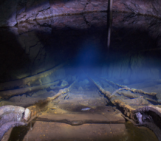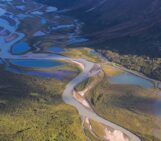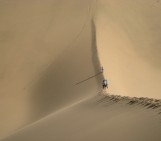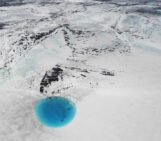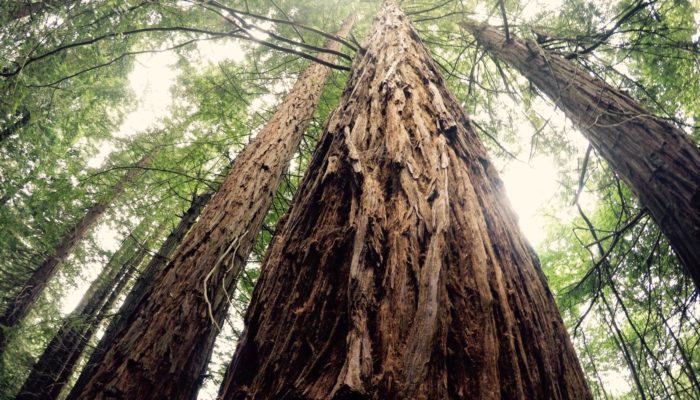
Although more commonly associated with the west coast of the United States, if you visit Cabezón de la Sal in Spain you may come across a stand of giant redwood trees or Sequoia. Around 800 trees were brought to Spain in the 1940s, so are still very young, but even at their young age they are still around 40 meters high! Sequoia groves, as well as being awe-inspiring to look at, provide a uniquely valuable measure of our changing climate and soil health, partly because they are some of the largest in the world, both in terms of height and volume, and can live for 1000s of years. Like other conifers, sequoia play an important role in mitigating atmospheric carbon, but, despite their massive size, are still susceptible to our changing global climate.
Some may be surprised to see a feature highlighting trees in a Union that is dedicated to geosciences, but this intersection of the biological, the atmospheric and the geological is at the heart of one of our popular Divisions, Biogeosciences. Located at the very center of the Earth’s network of systems, Biogeosciences is an interdisciplinary Division that encourages members from many different fields to interact and question the complex inter-relationships that make up our Earth’s system. Find out more on their blog, here.
Description by Hazel Gibson, EGU Communications Officer.
Imaggeo is the EGU’s online open access geosciences image repository. All geoscientists (and others) can submit their photographs and videos to this repository and, since it is open access, these images can be used for free by scientists for their presentations or publications, by educators and the general public, and some images can even be used freely for commercial purposes. Photographers also retain full rights of use, as Imaggeo images are licensed and distributed by the EGU under a Creative Commons licence. Submit your photos at http://imaggeo.egu.eu/upload/.

